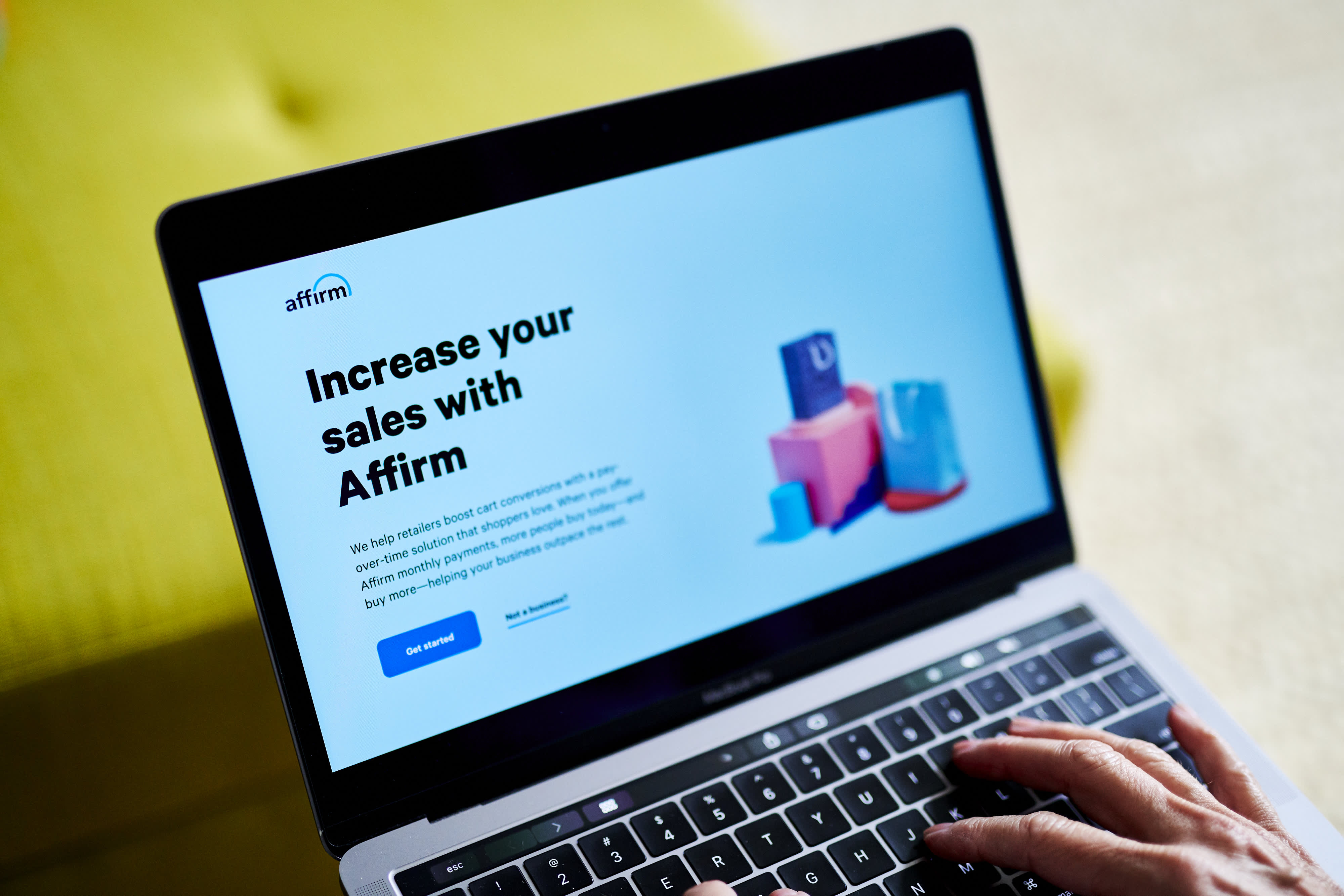
7 Tips to Increase Customer Acquisition without Selling - New Business Development Blog
7 Tips to Increase Customer Acquisition without Selling
- by Yazan Rous
- July 22, 2017
The new mantra for business developers nowadays is Teach, Don´t Sell! (Forbes 2016). The strategy of a business developer is to turn a company into a market leader by creating a business environment that encourages their brand recognition among its targeted group of consumers.
As a business developer, you are probably always looking for creative ways to attract new customers. How can you increase your customer base without actually selling? Here are a series of tips that you can’t miss in order to increase your company’s client base.
Send a personal email, not a sales email.
Use email to get closer and more personal with a prospective client. It´s something that a website can´t do. When you write an initial email to a possible customer, first prove that you’ve done your research about the prospect. Then simply introduce your brand and yourself as someone they can turn to for advice. Ensure that your first cold email sparks interest and curiosity and entices a reply which leads to a conversation.
Later on, as the relationship with the client develops, avoid putting any pressure, and always be gentle and subtle. Allow the customers to talk about themselves, to confess their worries and see how you can make their life easier. This will increase the level of engagement and trustworthiness.
If you want to know more on why you shouldn’t confuse business development with sales, have a look at the post No, Business Development is Not Sales!
Identify your specific buyer.
On a scale from 1 to 10, creating a profile of your specific buyer is crucial for business development. Before venturing into your next pursuit, make sure you have your market segment well-defined. Your product / service should not meet 80% of many different segments, but focus on the 20%, otherwise you will find yourself at a blockage point. You might have potential clients who might show interest, but who probably won’t make a purchase. So, look for buyers that are in urgent need of a solution, have the funds to pay for it, and for whom your product / service are a good fit.
Understand your customer’s point of view.
The primary motivations for a any buyer to make a purchase are:
- solving a problem,
- following a friend’s / a review’s recommendation,
- high price / quality ration,
- learning interest.
So by offering educational material on your website and free product / service trial (as mentioned in the previous points), you already kill two birds with one stone.
You will probably find 2 types of customers:
- those who are looking for a solution,
- those who are not aware that your product / service could help them.
The first type of customer will find you on Google if you follow good practices when it comes to inbound marketing content (see point 3 above). The second type will most likely hear about from a trusted source (friend, peer, review, etc), so make sure you create strong business relationships.
Use social media to connect and interact.
As a business developer, you should use social channels to connect, engage and interact with peers and prospects. Linkedin can be used to connect to decision-makers from other companies and to further on develop a business relationship. Another way you should use Linkedin is by posting interesting articles, either written by you or by others. Be careful though, it is recommended that you should only post 20% of promotional content and use the remaining 80% to share relevant information for the industry but coming from other sources. Remember that your role is to teach, inform and advise, in other words to sell without selling.
Your social media presence should be built on authenticity and transparency. Your company can release offerings that are exclusive to these channels and reach potential customers the way they want to be reached, by letting the customer decide to contact you. In order to obtain this, your business proposals should be not only visually interesting, but also rich with value.
Create extraordinary inbound marketing content.
If marketing content you post on the company blog or Facebook profile is worthy of attention, your work is half done, because customers will find and contact you after reading posts that they find engaging and helpful. By responding to the needs of your potential customers, you build credibility for your business and attract qualified leads.
Have a clear and strong message.
This goes hand in hand with point 5 above. Directing your message in a clear way to a specific segment will increases the chances of closing a deal. At the same time, it will enable you to customize your product / service because you already know what the potential customer is looking for.
Before you start developing a business, make sure you understand the company’s positioning statement. You will be developing on that as you communicate with and message your clients. Ask yourself if you are able to adapt your value proposition according to your client’s profile. Are you using marketing jargon that is difficult to understand? You shouldn’t. Express your ideas in simple and easy to understand words. Think of when you’re buying something and whether you’d like it explained to you in complicated terms. Probably not.
Reverse a downward sales cycle.
When your company’s conversion rates are lower than predicted, one of your responsibilities is to increase these rates. You need to ask yourself: How can I motivate customers to buy my product or service? The answer is to put the customer first, understand their motivations and concerns and then apply a solution that fits your customer´s perspective. For instance, your customer might not want to be on a mailing list or have a sales representative following up on the lead. The solution to this might be an invitation to a webinar that is not intended as a sales pitch, but as a way to educate potential customers. Make sure to add testimonials from satisfied customers on the webinar invitation and, at the end, offer a trial to reward the audience for having dedicated their time and attention.










